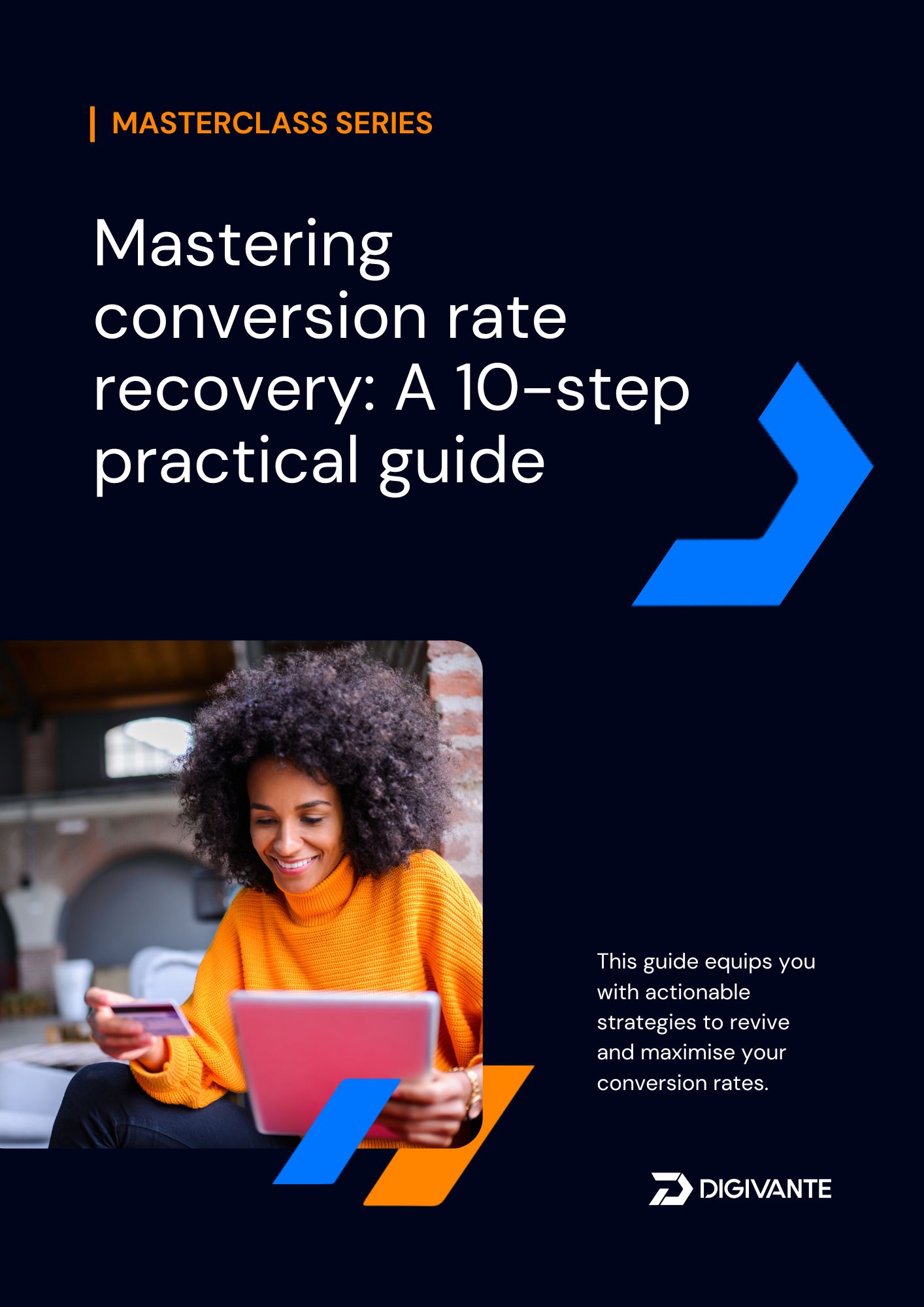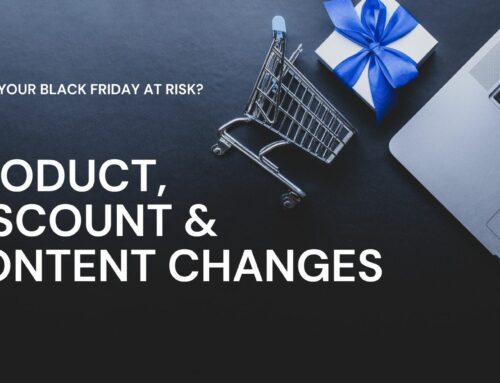Reviving your conversion rate: A 10-step guide
In the world of ecommerce, your conversion rate is more than just a metric – it’s the pulse of your digital success. It measures how effectively you turn curious visitors into committed customers. But what do you do when that pivotal metric takes an unexpected nosedive?
In this blog, we unveil 10 concrete strategies to not only revive but also maximise your conversion rate. From immediate actions for a quick turnaround to sustained, long-term approaches, we’ve got you covered. But this isn’t just a blog; we also offer a practical implementation guide to ensure your ecommerce venture not only survives but thrives in the ever-evolving landscape of digital commerce. Let’s dive into the actionable steps that can elevate your conversion rates and propel your business forward.
Short-term strategies
1. Analyse data and metrics: Identify the point of decline.
2. Identify causes: Look into user behaviour, seasonal shifts, technical issues, and more.
3. Address software defects: Fix glitches and errors promptly.
Medium-term strategies
4. Gather customer feedback: Use surveys and studies to understand customer perspectives.
5. A/B testing: Experiment with variations to find optimal user experiences.
6. Optimise landing pages: Ensure clarity and relevance.
7. Optimise User Experience (UX): Focus on navigation, page load times, and design.
8. Competitor analysis: Evaluate competitors’ strategies.
9. Reassess pricing and offers: Analyse impact on conversion rates.
Long-term focus
10. Personalisation: Implement AI-driven personalised content based on user behaviour.
In the dynamic ecommerce realm, these strategies provide a roadmap for both immediate recovery and sustained success.
Mastering conversion rate recovery: A 10-step practical guide
Unlock the secrets to reviving and maximising your conversion rate with our detailed eBook PDF guide. Dive deeper into the 10 actionable strategies that can transform a declining conversion rate into a thriving ecommerce success story. This guide is a valuable resource for every ecommerce leader, providing step-by-step guidance on implementing these strategies effectively. From short-term triage to long-term strategic actions, learn how to navigate the challenging waters of digital commerce and ensure your ship sails smoothly.






